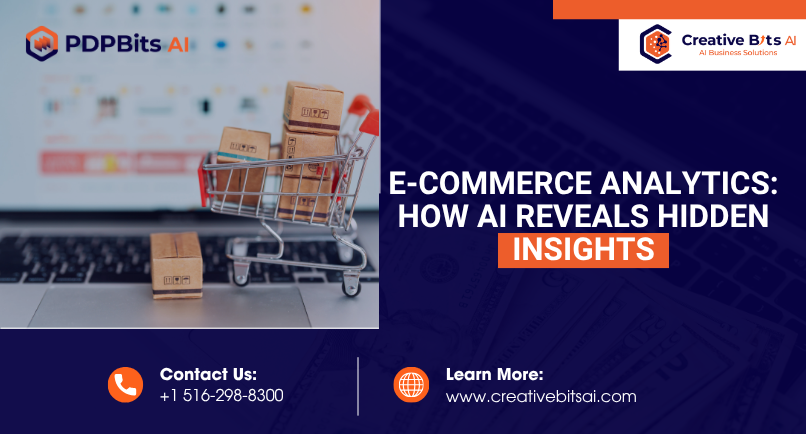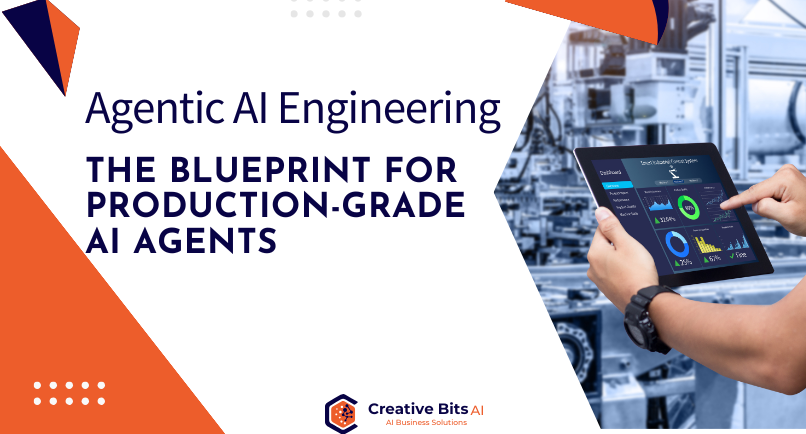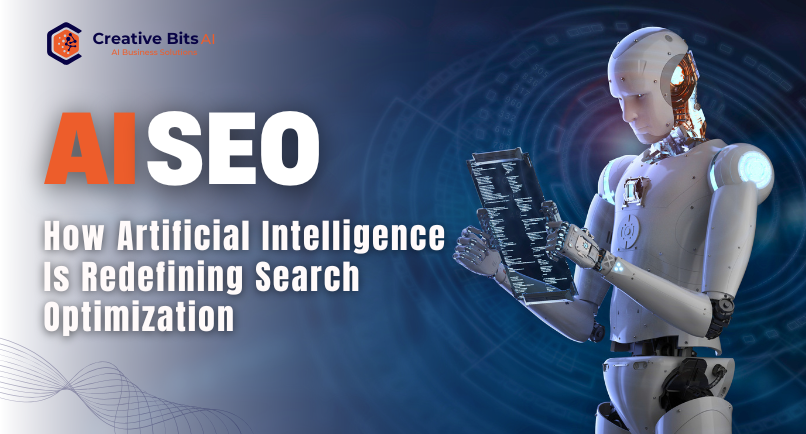E-commerce has become one of the most data-heavy industries globally. Every action, like a click, adding an item to the cart, leaving a checkout page, or leaving a product review, creates useful information. But many companies still use simple dashboards or basic reporting tools that only show what has already occurred, causing confusion and frustration. What they really need is the ability to see ahead—spotting hidden trends in customer behavior, market shifts, and product performance. This is where AI e-commerce analytics makes a big difference in transforming business intelligence.
By using machine learning and advanced data techniques, AI e-commerce analytics helps businesses shift from just understanding past events to predicting future outcomes and suggesting the best actions. Instead of asking, “What happened last week?” companies can now ask, “What will customers do tomorrow?” A 2024 McKinsey report on digital retail shows that companies using AI-driven analytics see a 20–25 percent increase in conversion rates while also cutting down on the cost of getting new customers. In short, AI turns raw data into a real competitive edge.
From Data Overload to Actionable Insights
E-commerce websites deal with huge amounts of data, both organized and messy. Things like customer clicks, product details, reviews, pictures, and signals from other sources all have clues about what buyers might want. In the past, it was hard for companies to get useful information from this data, which led to a lot of confusion and frustration. But with AI e-commerce analytics, businesses can now look through large datasets quickly and find patterns that people might miss.
For example, AI e-commerce analytics can go through thousands of product reviews to spot common complaints or features that customers really like. It can also look at customer-uploaded product images to spot new trends in style. Plus, predictive tools can spot small changes in how people browse that might mean they’re thinking about leaving. There’s real proof of this working.
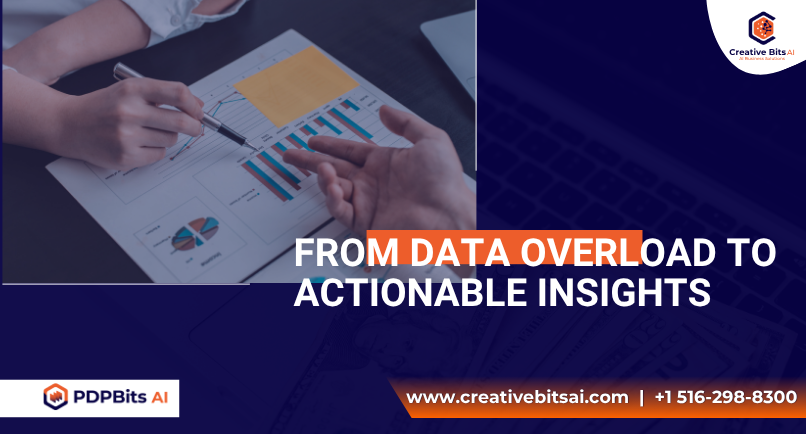
A 2025 Salesforce survey showed that 68% of digital commerce leaders now use AI-driven analytics to tailor shopping experiences, and those that do see a big jump in customer satisfaction. By moving past just numbers to understand customer behavior, e-commerce brands can make better choices about what products to offer, how to set prices, and how to create shopping experiences that feel really personal.
AI-Powered Benefits in E-commerce Analytics
AI e-commerce analytics integration brings many advantages in different areas. First, it improves personalization. AI models look at how customers move through different channels to suggest products more accurately. This is why big companies like Amazon say a big part of their sales growth comes from recommendation systems powered by machine learning. Next, AI e-commerce analytics helps with inventory and demand forecasting. By looking at past sales, seasonal trends, and other factors like weather or social media activity, businesses can manage their stock better and cut down on storage costs.
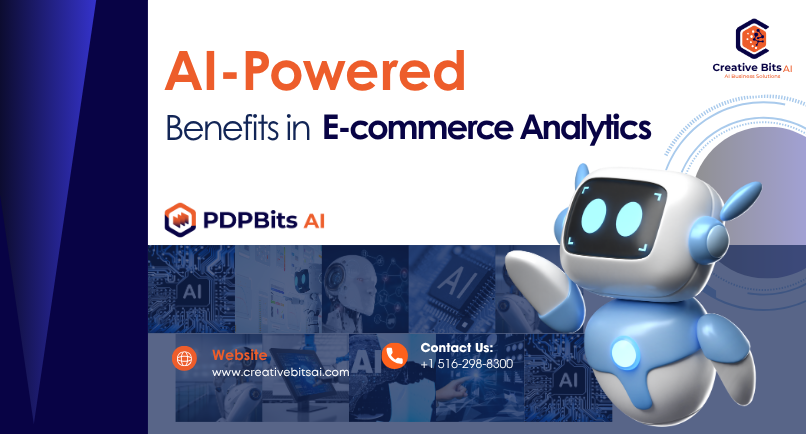
Then, AI e-commerce analytics makes pricing more flexible. Special algorithms keep an eye on what competitors are charging, how much demand there is, and how much stock is left to set prices that bring in more money without making customers unhappy. A 2024 study by PwC on retail analytics found that using AI for pricing can increase gross profits by about 5 to 10 percent. Lastly, AI e-commerce analytics makes marketing more effective. By grouping customers more precisely, businesses can spend less on ads while getting more sales. All these benefits together make e-commerce operations smarter, more efficient, and quicker to respond to changes.
Real-World Applications Across Retail and E-commerce
Real-world uses of AI e-commerce analytics show how these strategies actually work. A top fashion store used AI to analyze customer reviews and found that many people were unhappy with the sizes and fit. By improving product descriptions and changing sizing suggestions, they cut down on returns by 18%. Another online shopping site used AI e-commerce analytics to predict which customers were likely to stop shopping. They then gave those customers special loyalty rewards. This helped bring back more customers, increasing repeat purchases by 12% in just a few months.
AI e-commerce analytics is also helping with product pages. A tool like PDPBits AI, a product of Creative Bits AI, generates content that is both search-friendly and good at converting visitors into buyers. This keeps the brand’s voice consistent and makes it easier for customers to find products online, which means more people are visiting the site naturally. Reports from TechCrunch showed that mid-sized stores using AI for product listings saw traffic grow 30% faster than others who still used manual writing methods.
These stories show that AI e-commerce analytics isn’t only useful for big companies. It’s a flexible solution that helps businesses of all sizes get useful information from their data.
Why Creative Bits AI?
Many companies know that AI e-commerce analytics can be really useful, but using it well isn’t just about having the right tools—it also needs skill, personalization, and good connections with existing systems. Creative Bits AI (CBAI) fills this gap by creating AI solutions that fit exactly with what businesses want to achieve.

CBAI offers advice and training to help teams learn how to use AI e-commerce analytics in ways that bring real change. Their development services build custom models for things like personalized product suggestions, predicting customer demand, or creating automated dashboards for analytics. They also provide integration services to make sure these AI e-commerce analytics solutions work smoothly with current e-commerce platforms, customer relationship management (CRM) systems, and other analytical tools. Products like PDPBits AI are designed specifically to improve product pages, helping boost sales by combining smart AI technology with genuine brand messaging.
With a strong history of successful AI implementations across different industries, partnerships with major tech companies like OpenAI and AWS, and clients that include both new startups and well-known retailers, Creative Bits AI is a reliable choice for businesses looking to uncover valuable insights from their e-commerce data through AI e-commerce analytics.
Conclusion: Turning Data Into Growth
E-commerce is transforming into a data battleground where gaining a competitive edge depends on acting on insights faster than competitors. Traditional analytics can explain past trends, but AI e-commerce analytics reveals what’s ahead. By adopting AI-driven e-commerce analytics, businesses can personalise at scale, better optimise operations, and enhance margins. Moving from hindsight to foresight is no longer just an option — it’s the new standard for growth.
For organisations ready to take this leap, Creative Bits AI offers the expertise, solutions, and support needed to turn data into smarter results through AI e-commerce analytics. From predictive models forecasting demand to AI engines that refine customer journeys, CBAI helps businesses shift from raw data to real value. Reach out today to discover how our AI e-commerce analytics solutions can uncover hidden insights and boost your e-commerce success.
